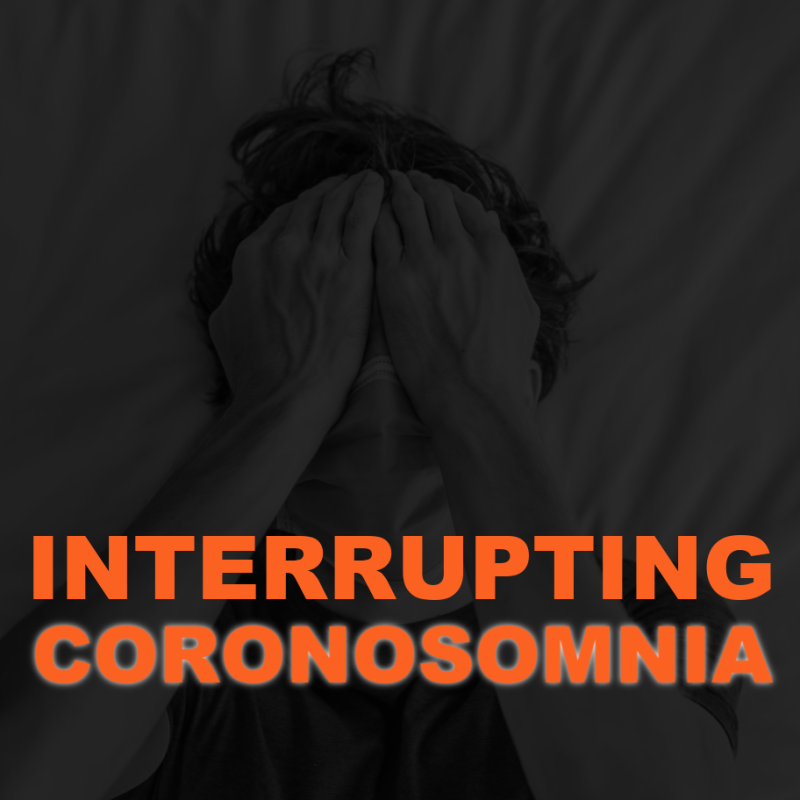
The COVID virus itself can cause insomnia during an active fever and coughing period but should resolve in a few weeks. Insomnia caused by concerns around the pandemic itself is a different issue and fits right into the umbrella category of stress. This form of coronasomnia can actually be more difficult to combat because of its persistence.
Coronasomnia or True Insomnia?
At the end of 2021 a survey by The American Academy of Sleep Medicine reported 56% of Americans experiencing coronasomnia and in 2022 US News & World Reports found that 39% are kept up at night with worries about COVID-19. This was second to the 41% worrying about inflation. Only 13% of Americans say they usually wake up feeling rested every day.
If a person is having a hard time falling asleep and/or staying asleep and experiencing daytime fatigue, it could be insomnia. The severity varies from person to person. The Sleep Foundation defines insomnia as trouble sleeping when a person has plenty of time for it. When people don’t have or make enough time for sleep, that is considered sleep deprivation.
If you have a client who wants to sleep and cannot, it might be insomnia and can be treated with cognitive behavioral therapy (CBT-I). This is an evidence-based approach that is sometimes more effective than medications, according to the American College of Physicians.
For the rest of your community, using the buzz term insomnia might be an exaggeration when describing sleep dysfunction. In any case of restlessness, these tips can help interrupt the mania and get people back on track with sleep.
- Maintain a consistent sleep schedule. Go to bed and wake up at the same time each day and aim to leave enough time in between for 7-9 hours of sleep depending on individual needs. Some people need all nine hours.
- Wind down for bed an hour before. Get chores completed, to-do lists made, and begin dimming house lights to prepare the mind and body for sleep. Turn off screens and devices and find something relaxing to do like stretching, a shower or a crossword puzzle. When trying to create new habits around bedtime, try these sleep swaps.
- Handle night wakings properly. Use dim lights in the bathroom at night, ideally a salt lamp night light or red light to keep the sleep hormone melatonin flowing. There are motion detection products that can install right on the toilet for nighttime bathroom visits. Instead of tossing and turning, go into a different (dark) room and stretch on the floor or snuggle with pillows on the couch until the body is ready to return to bed.
- Implement stress reduction strategies. Sleep reduces stress, but stress is a huge culprit for lost sleep too – so it can be tough to alleviate one without the other. Focusing on both can be one way to approach this issue. Meditation, journaling, healthy eating, and regular exercise can reduce stress and support sleep. Alongside physicians, fitness professionals, and nutritionists, there are other people that can help with health too. Acupuncturists, massage therapists, chiropractors, talk therapists, somatic counseling, and hypnotherapy are just a few modalities to seek out for balancing the nervous system and body.
At the end of the day, concerns about coronavirus, inflation, and other life stressors can result in persistent coronasomnia, but can be addressed in the outlined ways above. Let your fitness clients know there is help out there to support the process, and that you are part of that support system.






